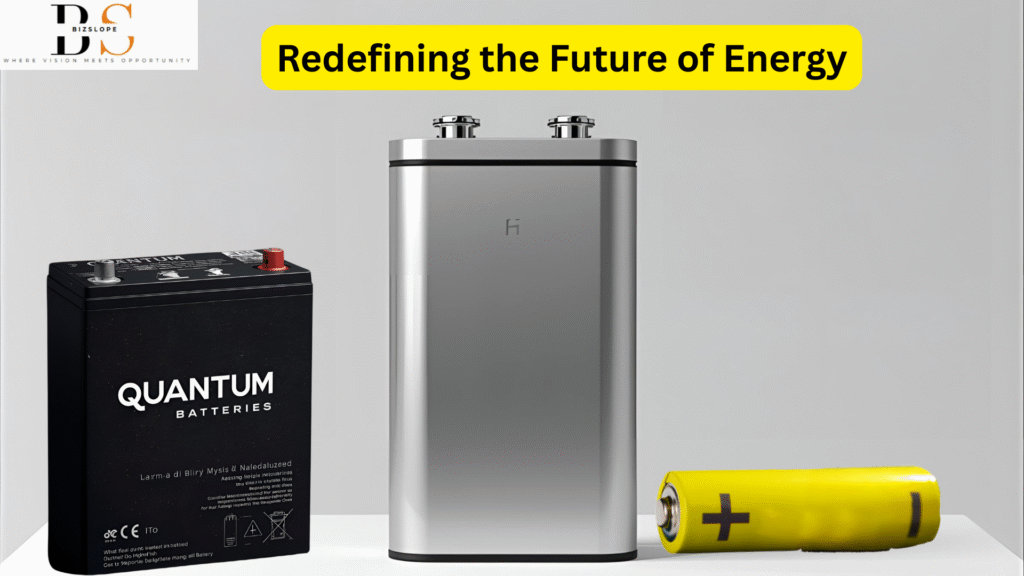As climate change accelerates, the need for clean, scalable energy solutions has never been greater. While solar, wind, and batteries dominate today’s renewable landscape, green hydrogen is quickly emerging as the next frontier in sustainable energy. Nowhere is this more evident than in Europe, where governments and industries are investing billions into developing hydrogen as a core pillar of the continent’s net-zero strategy.
What is Green Hydrogen?
Hydrogen itself is not new—it has been used in industries for decades. But most of the world’s hydrogen is currently “grey,” meaning it is produced using fossil fuels, which emit large amounts of carbon dioxide.
Green hydrogen, by contrast, is produced by splitting water into hydrogen and oxygen using renewable electricity, such as solar or wind power. The only by-product is pure water vapor, making it a carbon-free fuel. This makes it particularly valuable for sectors where direct electrification is difficult, such as heavy industry, shipping, and aviation.
Europe’s Commitment to Hydrogen
The European Union (EU) has placed hydrogen at the center of its climate and energy policy. The EU aims to produce 10 million tons of renewable hydrogen annually by 2030, supported by large-scale investments in infrastructure, subsidies, and public–private partnerships.
Several countries are at the forefront:
- Germany has pledged over €9 billion to become a global hydrogen leader, with projects ranging from hydrogen-powered trains to industrial decarbonization.
- The Netherlands is building one of the world’s largest hydrogen hubs in Rotterdam, turning the port city into a clean energy gateway for Europe.
- Denmark is investing in offshore wind farms dedicated to hydrogen production, creating a synergy between its renewable energy strengths and hydrogen goals.
Together, these efforts reflect a continental push to lead the global hydrogen race.
Transforming Heavy Industry
One of the most exciting aspects of green hydrogen is its potential to decarbonize heavy industries—sectors that account for a significant portion of global emissions.
Take steel production, for example. Traditionally, steel is made using coal, which produces vast amounts of carbon dioxide. By replacing coal with green hydrogen, Europe could slash emissions from this sector dramatically. Companies in Sweden and Germany are already piloting hydrogen-based steel plants, aiming to make the world’s first batches of fossil-free steel commercially available by 2030.
Similarly, hydrogen can replace natural gas in chemical plants and be used as a clean fuel in shipping and aviation. This versatility gives it a unique edge in the energy transition.
Real-World Projects in Action
Europe isn’t just talking about hydrogen—it’s already building the future:
- Hydrogen-powered trains are being deployed in Germany and France, offering zero-emission alternatives for routes not covered by electric rail.
- Hydrogen buses and trucks are rolling out across the UK, Spain, and the Netherlands.
- Airbus is designing hydrogen-fueled aircraft, with the goal of launching the first commercial hydrogen plane by 2035.
These projects not only reduce emissions but also demonstrate hydrogen’s real-world viability, inspiring global partners to follow suit.
Investment and Jobs
Green hydrogen isn’t just about the environment—it’s also an economic opportunity. The EU estimates that hydrogen could generate up to 1 million new jobs by 2030. These range from roles in research and development to engineering, construction, and renewable energy operations.
With the global hydrogen economy projected to reach trillions in value, Europe is positioning itself as both a climate leader and an economic powerhouse.
Challenges Ahead
Despite its promise, green hydrogen faces significant challenges. Producing hydrogen via electrolysis is still expensive, costing several times more than fossil-fuel alternatives. It also requires massive amounts of renewable electricity, which means Europe must continue expanding its wind and solar capacity.
Infrastructure is another hurdle. Transporting and storing hydrogen is technically complex and requires new pipelines, refueling stations, and safety standards. Without international cooperation and shared investment, scaling hydrogen globally will be difficult.
The Global Impact
Europe’s bold hydrogen strategy matters far beyond its borders. By investing early and at scale, the continent is setting standards and driving down costs, making it easier for other regions to adopt hydrogen in the future.
If successful, Europe could create a blueprint for carbon-free heavy industry, reshape global energy markets, and accelerate the world’s progress toward the Paris climate goals.
Conclusion: A New Era of Energy
Europe’s bet on green hydrogen is ambitious, but ambition is exactly what the climate crisis demands. By turning clean energy into a driver of innovation, jobs, and sustainability, Europe is not only working toward its own net-zero future—it is also lighting the path for the rest of the world.
As governments, businesses, and communities rally around this emerging fuel, one thing is clear: the age of hydrogen has begun, and Europe intends to lead the way.



